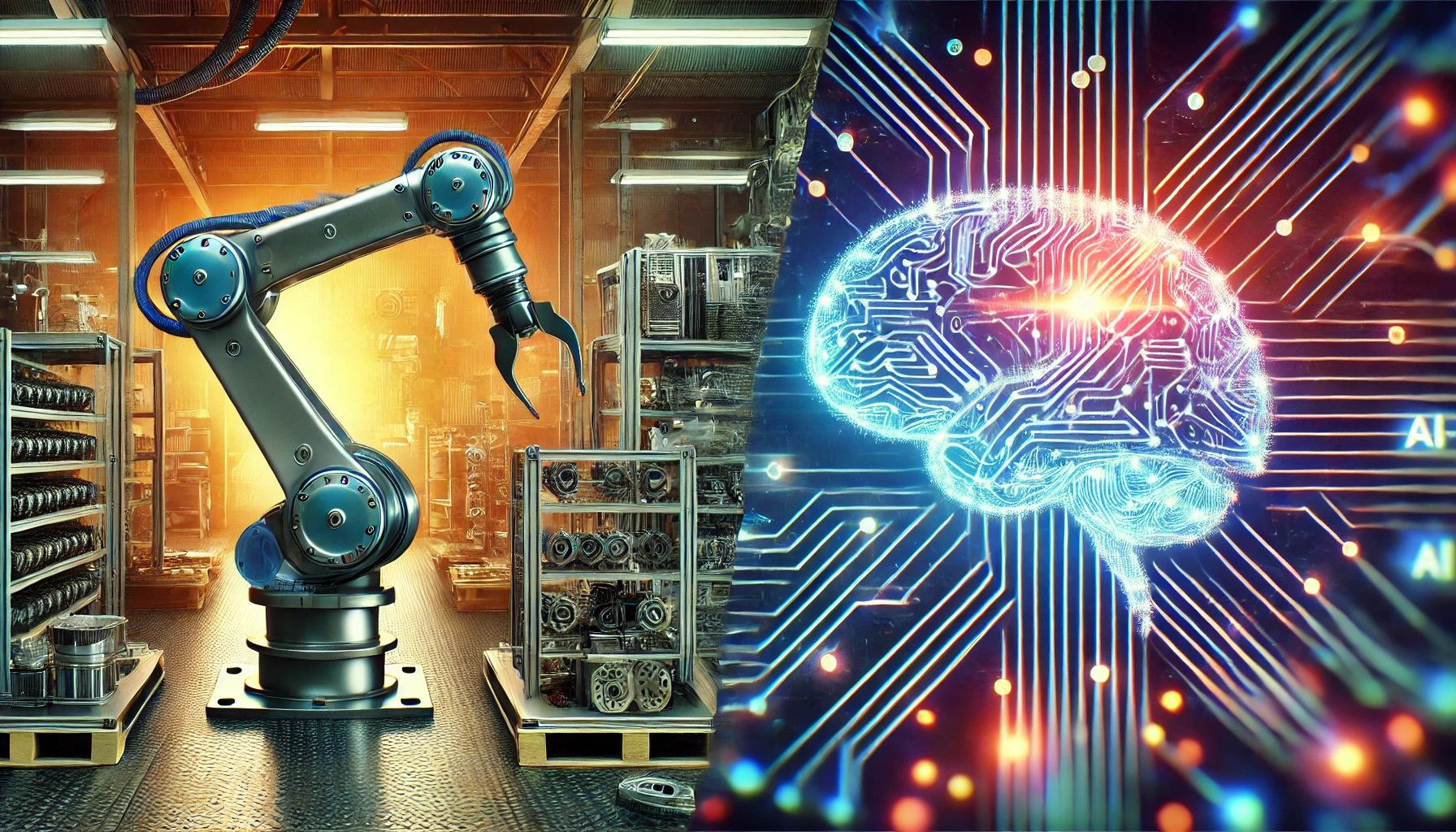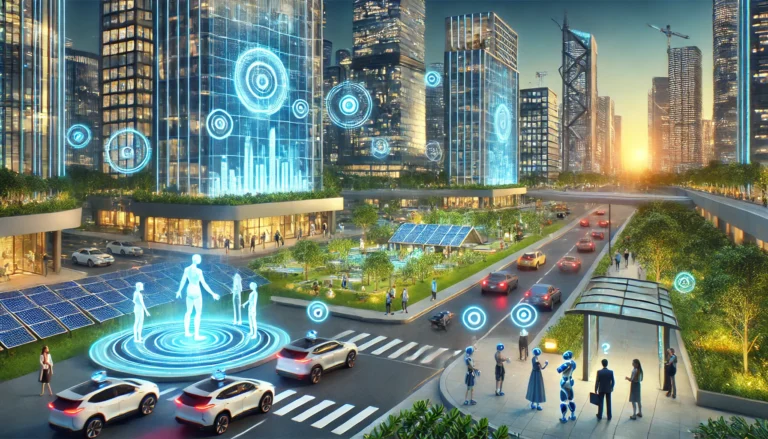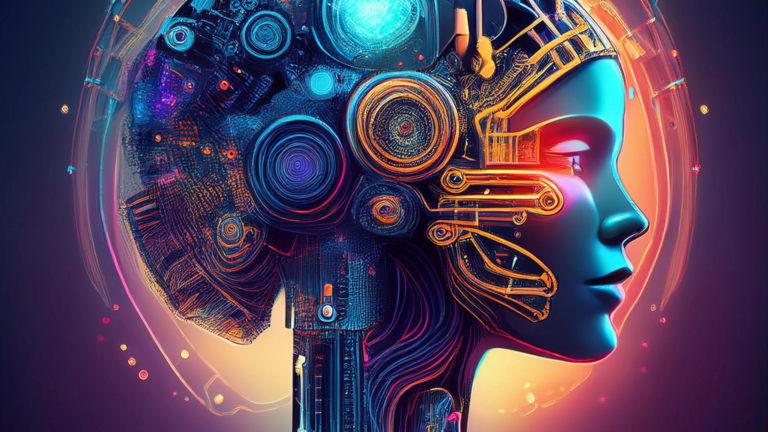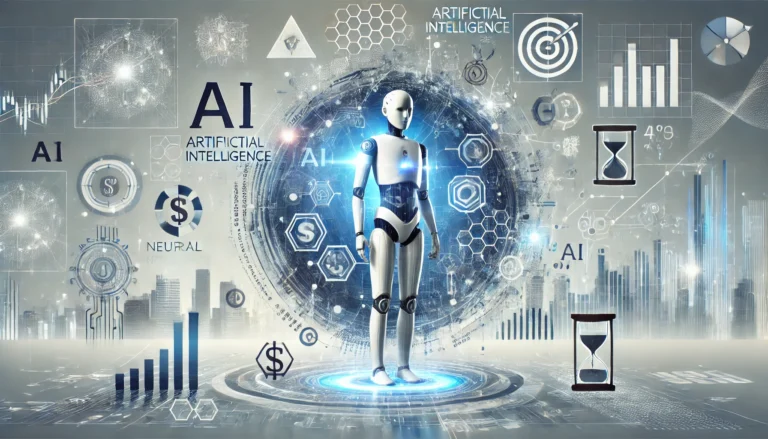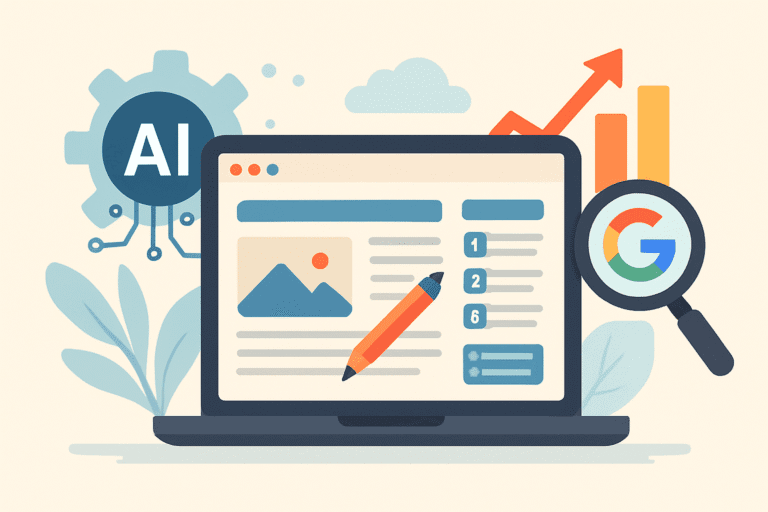Robotics and Artificial Intelligence: What Are the Differences?
Today, concepts like robotics and artificial intelligence (AI) are increasingly present in our daily lives. With the rapid advancement of these technologies, many people confuse the terms or use them interchangeably. However, despite often being associated, robotics and artificial intelligence have fundamental differences in their essence, applications, and functionalities. In this article, we will explore these differences to better understand the role of each of these technologies.
What is Robotics?
Robotics is an engineering and science field dedicated to developing, constructing, and operating robots. These systems comprise physical components – such as sensors, actuators, and mechanisms – and are designed to perform specific, often repetitive and complex tasks without human intervention. Robotics encompasses knowledge from various fields, including mechanics, electronics, and computer science, which come together to create machines with high precision and performance.
Robots are generally classified into categories such as industrial robots, mobile robots, service robots, and even domestic robots. Robotics is widely used in the automotive industry, mass production, and sectors like healthcare, where robots assist in delicate surgeries, ensuring precision and safety. However, robotics in itself does not imply intelligence. Many robots follow programmed algorithms to perform specific tasks without the ability to learn or adapt to new situations.
What is Artificial Intelligence?
Artificial intelligence, on the other hand, is a field of computer science focused on creating systems capable of performing tasks that usually require human intelligence, such as recognizing patterns, making decisions, learning from experiences, and solving complex problems. AI is not limited to a physical form like robotics; it can be present in software, online systems, and connected devices. One of the main aspects of AI is its ability to “learn,” especially with techniques like machine learning and deep learning.
There are various AI applications in our daily lives, from movie and music recommendation systems, voice recognition in personal assistants, to advanced medical diagnosis systems and financial analysis algorithms. AI can even be applied in robotics, but it is also used in systems without a physical form, such as virtual assistants and data analysis platforms.
Fundamental Differences Between Robotics and Artificial Intelligence
- Nature and Purpose
Robotics focuses on creating a physical representation that can execute tasks automatically. It involves a physical structure – the robot – that directly interacts with the environment. In contrast, artificial intelligence is focused on developing systems that simulate human reasoning, decision-making, and learning abilities without the need for physical existence. - Practical Applications
Robotics is widely used in industrial environments to perform repetitive, intensive tasks. A classic example is automotive assembly lines. Artificial intelligence is applied for data analysis, decision-making, and process optimization. It can be used in software platforms, such as financial analysis, where algorithms predict market trends. - Mutual Dependency (or Lack Thereof)
While artificial intelligence can be used in robotics to create “intelligent” robots, many AI systems do not require robotics, and vice versa. For example, an industrial robot performing car welding on a factory floor does not need AI; it only executes programmed movements. On the other hand, an AI system can perform medical diagnoses without needing a physical robot, operating solely on digital data. - Learning Capability
Traditional robots, in most cases, operate based on fixed programming. However, when AI is applied to robotics, as in the case of collaborative robots (or “cobots”), the robots can learn from the environment and adapt their actions. These cobots are designed to work alongside humans and adjust their movements in response to the behavior of those around them.
Examples of Robotics and Artificial Intelligence Integration
Despite their differences, the combination of robotics and artificial intelligence is opening doors to impressive advancements. Here are some examples:
- Autonomous Vehicles: Self-driving cars use robotic sensors, such as cameras and radars, and an AI system that processes real-time information to decide the route, avoid obstacles, and reach the destination safely.
- Intelligent Drones: Drones are an example of robotics, but when equipped with AI, they can map areas, identify objects, and even monitor weather conditions, making them useful in security, agriculture, and environmental exploration.
- Robotic Healthcare Assistants: In hospitals, robots equipped with AI help monitor patients, distribute medication, and even perform complex surgeries, offering greater precision and safety.
The Future of Robotics and Artificial Intelligence
The future of robotics and artificial intelligence is moving toward deeper integration, where robots will increasingly make decisions and adapt to dynamic situations thanks to AI. The combination of these technologies has the potential to transform entire industries, from industrial process automation to personalized medicine and space exploration.
However, this convergence of technologies also raises important ethical and social questions, such as the impact on the labor market, safety, and privacy. These issues are fundamental to ensuring that robotics and AI are developed and applied responsibly.
Conclusion
Although often confused, robotics and artificial intelligence are distinct areas, each with its own goals and applications. Robotics deals with creating physical machines that perform specific tasks, while artificial intelligence seeks to mimic human cognitive abilities to solve complex problems. The combination of these technologies can bring significant advancements to humanity but also requires caution and responsibility in its application.
To explore more about this topic and see other related articles, check out the content on our blog.

